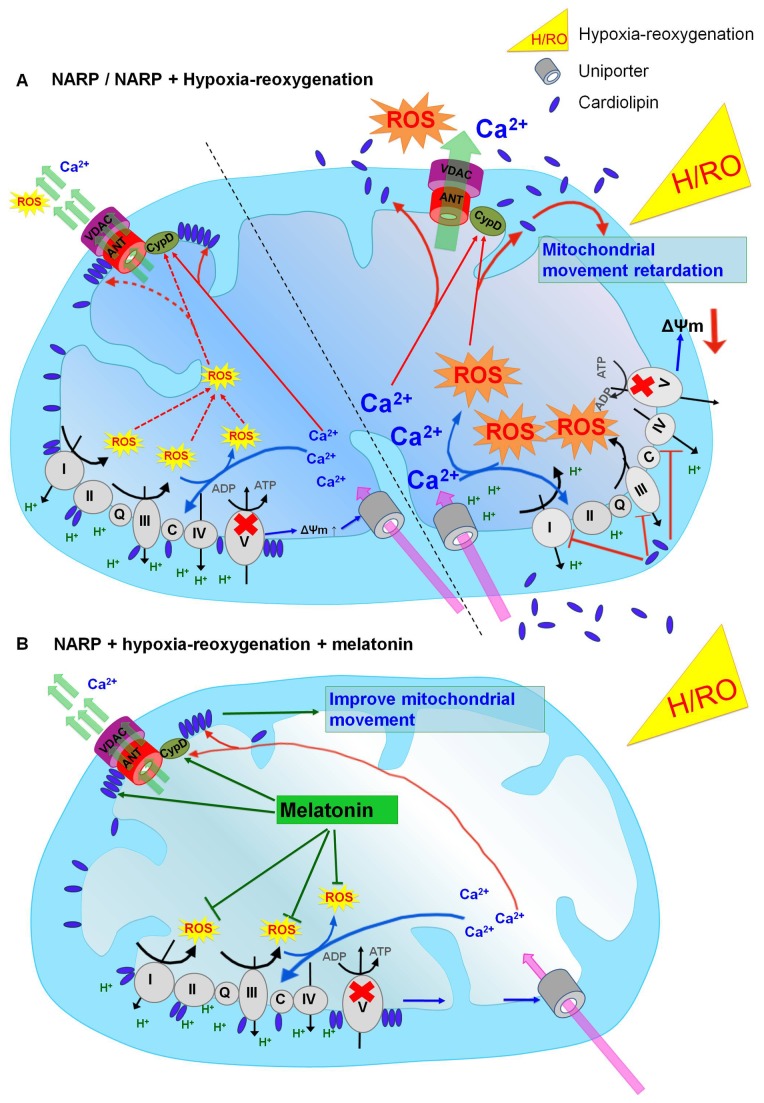Figure 8. Schematic illustration of NARP-induced F1F0-ATPase defect.
augments mitochondrial dysfunction upon H/RO. (A) Control NARP cybrids. The NARP mutation-induced inhibition of F1F0-ATP synthase results in hyperpolarization of the ΔΨm, which leads to enhanced basal mROS formation and mCa2+ accumulation. Both mROS and mCa2+ act synergistically to deplete cardiolipin, which leads to inadequate protective function of transient mitochondrial permeability transition (MPT) as compared with wild-type cells (left hand side). With H/RO, F1F0-ATP synthase fails to work in the reverse mode in NARP cybrids due to reduced ATP hydrolysis and unhealthy enzyme function, which results in depolarization of ΔΨm. In addition, NARP mutation augments H/RO-induced mROS formation and mCa2+ accumulation, which leads to more severe depletion of cardiolipin. The depletion of cardiolipin results in mitochondrial movement retardation, inhibition of complexes I, III and IV of the respiratory chain, and fatal opening of MPT pore (right hand side). (B) In the presence of melatonin during H/RO, H/RO-induced mROS formation is greatly reduced, which stabilize cardiolipin. Cardiolipin stabilization results in preservation of ΔΨm, improvement of mitochondrial movement, and suppressing fatal MPT.

